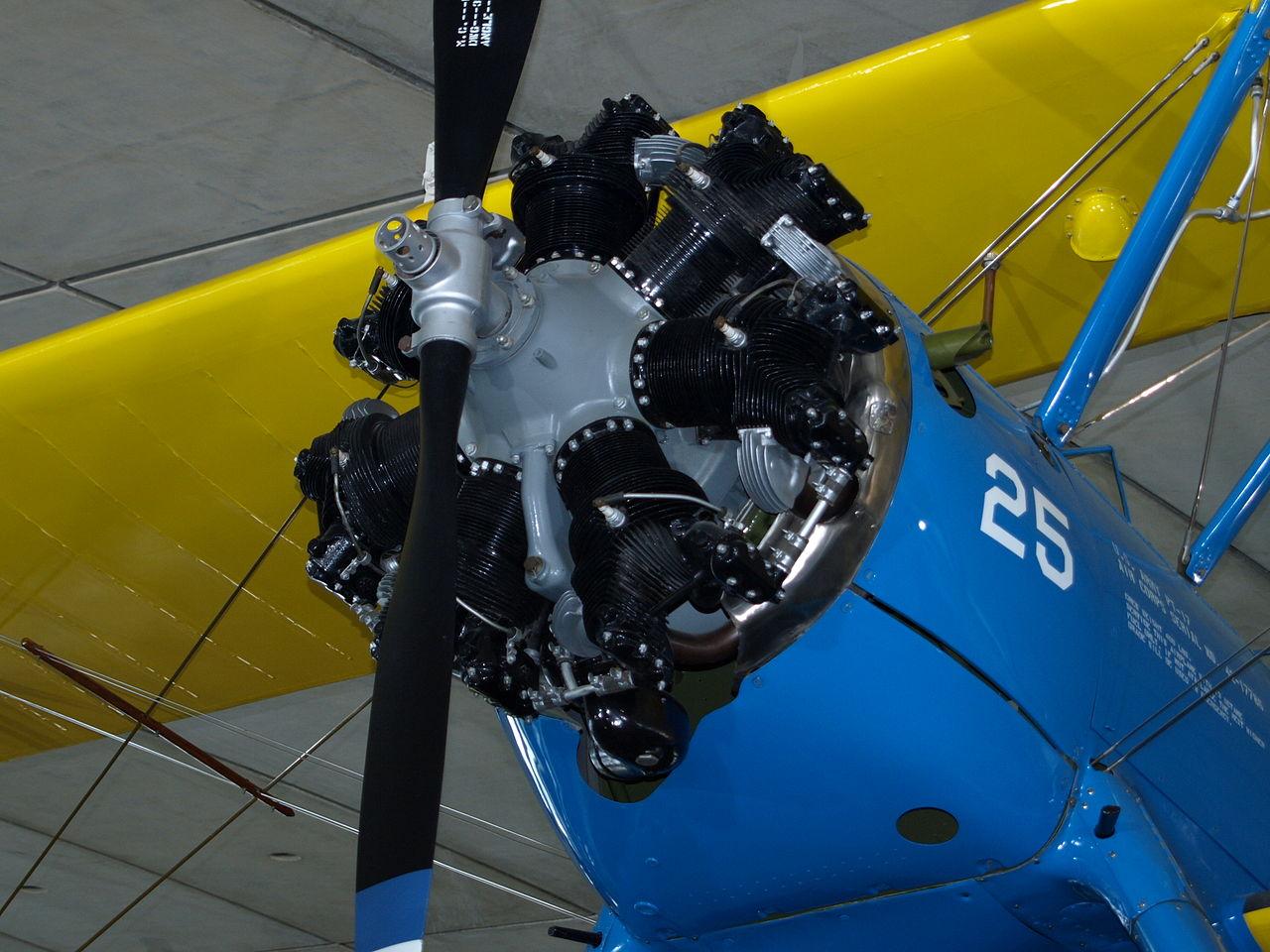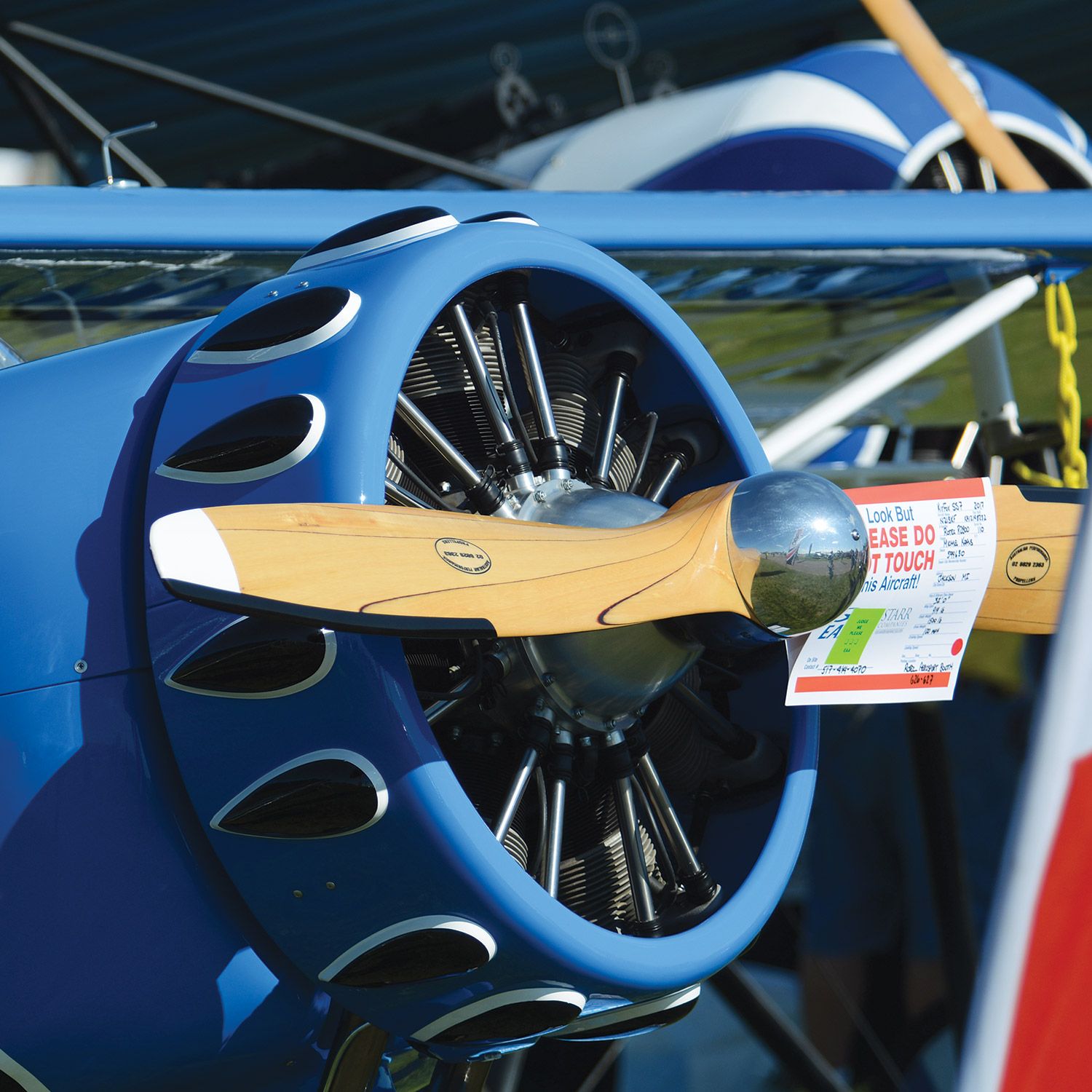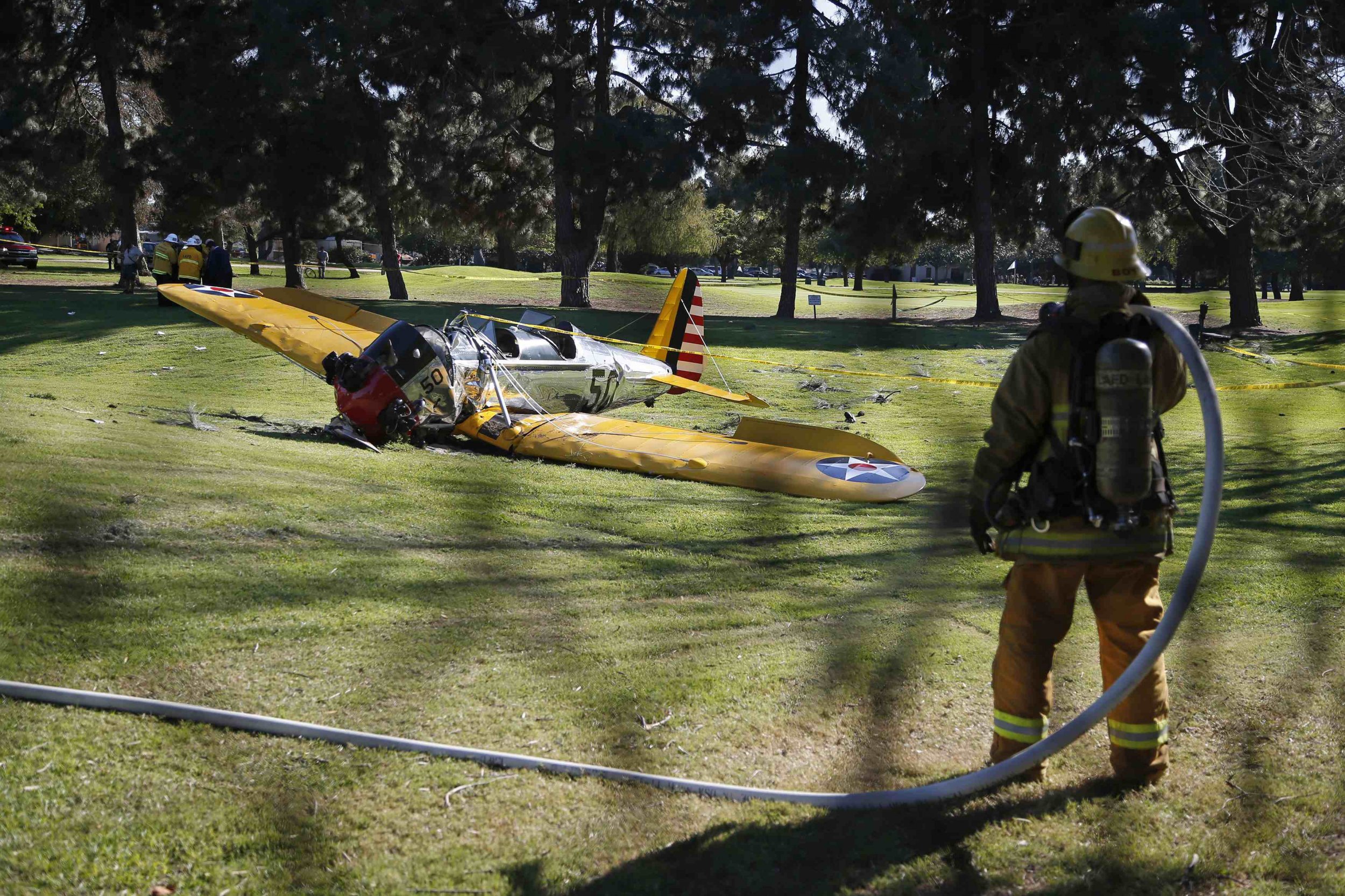Queen Elizabeth Aircraft Carrier Location - A tweet from the royal family showed the crew giving the monarch a rousing salute as she prepared to leave the ship, with sailors shouting: “Three cheers for the Queen! Hip hip, hooray, hip hip hooray, hip hip, hooray!”
It will lead the flotilla alongside two destroyers, two frigates, a submarine and two support ships on its journey of 26,000 nautical miles over 28 weeks. The group will be joined by a US Navy destroyer and a frigate from the Dutch navy.
Queen Elizabeth Aircraft Carrier Location

As for propulsion and somewhat understandable given the overwhelming public and news media reaction to the slightest of cost increases, the MoD has decided not to use nuclear propulsion because of its high cost and has chosen a propulsion system based on Rolls-Royce's integrated electric propulsion system
What Will The Vessels Carry?
. The propulsion system will consist of two Rolls-Royce Marine 36MW MT30 gas turbine alternators, providing over 70MW and four diesel engines providing approximately 40MW, with the total installed power approaching 110MW. In addition to the joint force of Royal Air Force and Royal Navy F-35Bs and their pilots, the air wing is expected to be composed of a 'Maritime Force Protection' package of nine anti-submarine Merlin HM2 and four or five Merlin for airborne
early warning; alternatively a 'Littoral Manoeuvre' package could include a mix of RAF Chinooks, Army Apaches, Merlin HC4 and Wildcat HM2. "The UK's Carrier Strike Group sets sail to write Britain's name in the next chapter of history – a truly global Britain that steps forward to tackle the challenges of tomorrow, working hand-in-hand with our friends to defend our shared values and uphold the
rules-based international order,” UK Defense Secretary Ben Wallace said in a statement. “The Queen Elizabeth Class can fly 72 fast jet sorties per day – which can be increased if needed – and will give the UK a world class carrier strike capability for many years to come.
She also has increased survivability because of the separation and distribution of power generation machinery throughout each ship. When I toured the vessel a few years back I was taken back by the sheer scale of the HMWHS, spaces within the magazine and the level of protection this system has from combat damage.

The system was massive in scale, easily the size of a medium supermarket and served by a complex rail system. Needless to say, I managed to trip over it! The class will have increased survivability as a result of the separation and distribution of power generation machinery throughout each ship.
The class has been designed with twin islands, which separates the running of the ship from the flying operations resulting in greater visibility of flying operations. The HMWHS moves palletised munitions from the magazines and weapon preparation areas, along track ways and via several lifts, forward and aft or port and starboard.
The tracks can carry a pallet to magazines, the hangar, weapons preparation areas, and the flight deck. In a change from normal procedures the magazines are unmanned, the movement of pallets is controlled from a central location, and manpower is only required when munitions are being initially stored or prepared for use.
This system speeds up delivery and reduces the size of the crew by automation. Surprisingly for their sheer scale, each ship will only have a total crew of 800, only increasing to the full complement of 1,600 when the air elements are embarked.
This is made possible by extensive automation of many systems. Around the time the first carrier deploys operationally, the UK will have 42 F-35 aircraft, with 24 being front-line fighters and the remaining 18 will be used for training (at least 5 on the OCU), be in reserve or in maintenance
. The F-35s from the embarked Royal Air Force 617 Squadron, “The Dambusters” flew combat operations in support of U.K. anti-ISIS effort Operation Shader and U.S. Operation Inherent Resolve, the U.K. Ministry of Defense said in a Tuesday statement.

The “Wake Island Avengers” of U.S. Marine Fighter Attack Squadron (VMFA) 211 were also part of the strike missions, a service official confirmed to USNI News on Tuesday. SRVL landing is under development for use with the F-35B when it enters service in 2018. Rolling landings will enable the F-35B to land on these carriers with an increased weapon and fuel load and will use the aircraft's computer controlled disc brakes.
However, a number of defense analysts have suggested that operational SRVL landings may only be possible within a limited range of sea states and weather conditions. I don't see it as being really all that necessary.
As a bare minimum the carrier will have an escort of 2 Type 45s and 2 Type 23s. That's 96 Aster 30 missiles and 64 Sea Receptors between them. Agree the RAF should consider defense of their reduced operational base numbers.
Do RAF operational airfields have missile defense systems? Not sure, it's probably highly classified. With the explosion of cruise and intermediate range missiles we see Russia and China deploying on as many platforms as possible I think the RAF needs to start thinking about layered defense and defense of the UK mainland beyond just launching a couple of QRA aircraft once in a while
. The USN does not complacently rely on its escorts despite having a huge fleet. Each carrier has ESSM SAM, RAM SAM & then Phalanx CIWS. Nor do the Chinese rely on just CIWS as they build a fleet expected to exceed the USN.
They fit a RAM equivalent. In WW2 we had the largest fleet in the world at the start but still had one of our fleet carriers (HMS Courageous I think) sunk by Sharnhorst & Gneiseneau, caught with no aircraft usable & just two escorts, quickly overwhelmed.

Don’t tell me with today’s tiny escort fleet we’ll never find ourselves in such… Read more » "The reason that we have arrived at what we have arrived at is because to do the initial strike package, that deep strike package, we have done really quite detailed calculations and we have come out with the figure of 36 joint strike fighters, and that
is what has driven the size of it, and that is to be able to deliver the weight of effort that you need for these operations that we are planning in the future.” The flotilla will take part in an exercise with North Atlantic Treaty Organization allies in the coming days before it heads into the Mediterranean, eventually helping out with NATO maritime security operations in the Black Sea, the UK Defense Ministry said.
Facilities for crew include a cinema, gym areas and four galleys manned by sixty-seven catering staff. There are four large dining areas, the largest with the capacity to serve 960 meals in one hour. There are eleven medical staff for the eight-bed medical facility, which includes an operating theater and a dental surgery.
There are 1,600 bunks in 470 cabins, including accommodation for a company of 250 Royal Marines with wide assault routes up to the flight deck. Uniquely for a vessel of this type, it will be common to see the jump-jet F-35B appear to land conventionally.
This is a process called Shipborne Rolling Vertical Landing (SRVL). It is a process designed to land jump-jet aircraft that uses both the vertical thrust from the jet engine and lift from the wings, thus maximizing the payload an aircraft can return with and stopping the financial waste that comes with dropping expensive weaponry in the sea
in order to land vertically. The Queen Elizabeth Class aircraft carriers are the largest surface warships ever constructed for the Royal Navy and will represent a significant increase in capability. The vessels will be used by all three branches of the UK Armed Forces and will provide eight acres of sovereign territory.

Both ships will be versatile enough to be used for operations ranging from high intensity conflict to providing humanitarian aid and disaster relief. Sam LaGrone is the editor of USNI News. He has covered legislation, acquisition and operations for the Sea Services since 2009 and spent time underway with the U.S.
Navy, U.S. Marine Corps and the Canadian Navy. The escorts from the Royal Navy include Type 45 destroyers HMS Defender and HMS Diamond, Type 23 anti-submarine frigates HMS Kent and HMS Richmond, the Royal Fleet Auxiliary's RFA Fort Victoria and RFA Tidespring, and an unspecified Astute-class nuclear attack boat.
The group also includes Dutch frigate HNLMS Evertsen (F805) and U.S. Navy destroyer USS The Sullivans (DDG-68). In November 2004, while giving evidence to the House of Commons Defense Committee, First Sea Lord Admiral Sir Alan West explained that the sortie rate and interoperability with the United States Navy were factors in deciding on the size of the carriers and the composition of the carriers.
' air-wings: The reason for two bridges is, simply put, due to the gas turbine exhausts. The design would have either had two small islands or one large, long island. The two smaller islands were chosen.
The location and alignment of the islands are based around the 2.4 meter diameter gas turbine exhausts which were pre-fitted in the island and below in the ship superstructure. The group will sail through the contested South China Sea, parts of which are claimed by China and Southeast Asian countries, on its way to the Philippine Sea.
The ships will also stop in India and Singapore. Now for perhaps the most complex system, the ammunition handling system. It is something truly innovative in the Queen Elizabeth class, it accomplished using a highly mechanized weapons handling system (HMWHS).

This is a first naval application of a common warehouse system. Something often overlooked in these types of vessels is there ability to launch small boats, the Queen Elizabeth class have a number of boat bays on the sides of the vessels inside the sponsons, capable of deploying boats by lowering them down into the water, to ferry
personnel around, either from ship to ship or between ship and port. The necessity of this is evident when you realize that the scale of these vessels means that it will not be able to dock at many ports.
“The emphasis is now on increased offensive air power, and an ability to operate the largest possible range of aircraft in the widest possible range of roles. When the current carrier force reaches the end of its planned life, we plan to replace it with two larger vessels.”
"The Lightning force is once again in action against Daesh, this time flying from an aircraft carrier at sea, which marks the Royal Navy's return to maritime strike operations for the first time since the Libya campaign a decade ago," air wing commander Royal Navy
Capt. James Blackmore said in the Tuesday statement. Personally i don't blame the 1SL for pushing these through at the expense of some of the surface fleet. Once we have them its a capital expense that we don't need to fork out again for another 50 odd years.
They are big and adaptable and they give us influence out of proportion to the size of our nation. Britain's Queen Elizabeth visited the country's new aircraft carrier on Saturday, giving the UK's biggest warship a royal sendoff before it leads a flotilla of British, US and Dutch ships to Asian waters on its maiden operational voyage.
British and American F-35B Lighting II Joint Strike Fighters flew anti-ISIS strike missions from the U.K. Royal Navy aircraft carrier HMS Queen Elizabeth (R08) – a first for the U.K. in a decade, defense officials confirmed to USNI News on Tuesday.
I do think you could be right. There were several instances of carriers being caught out without escorts or after being crippled. Think HMS Hermes and Audacity, while the USN lost more with at least USS Lexington and some more after they were abandoned by the bulk of the remaining fleet.
These situations do happen. The combat mission for the U.K. marks the first carrier strike operation from a British carrier since 2011's Operation Ellamy, Britain's 10-ship contribution to the international military intervention in Libya. The operation is also the first time that the U.S.
fighters struck from a U.K. aircraft carrier since 1943, aboard HMS Victorious (R38) in World War II, according to the MoD.
uk aircraft carrier queen elizabeth, hms queen elizabeth carrier schedule, hms queen elizabeth aircraft carrier, hms queen elizabeth location, queen elizabeth aircraft carrier schedule, hms queen elizabeth ii ship, hms queen elizabeth location today, british queen elizabeth aircraft carrier


:max_bytes(150000):strip_icc()/airplane-pilot-talking-on-radio-10164982-5aea6ed81d64040036a99701.jpg)































